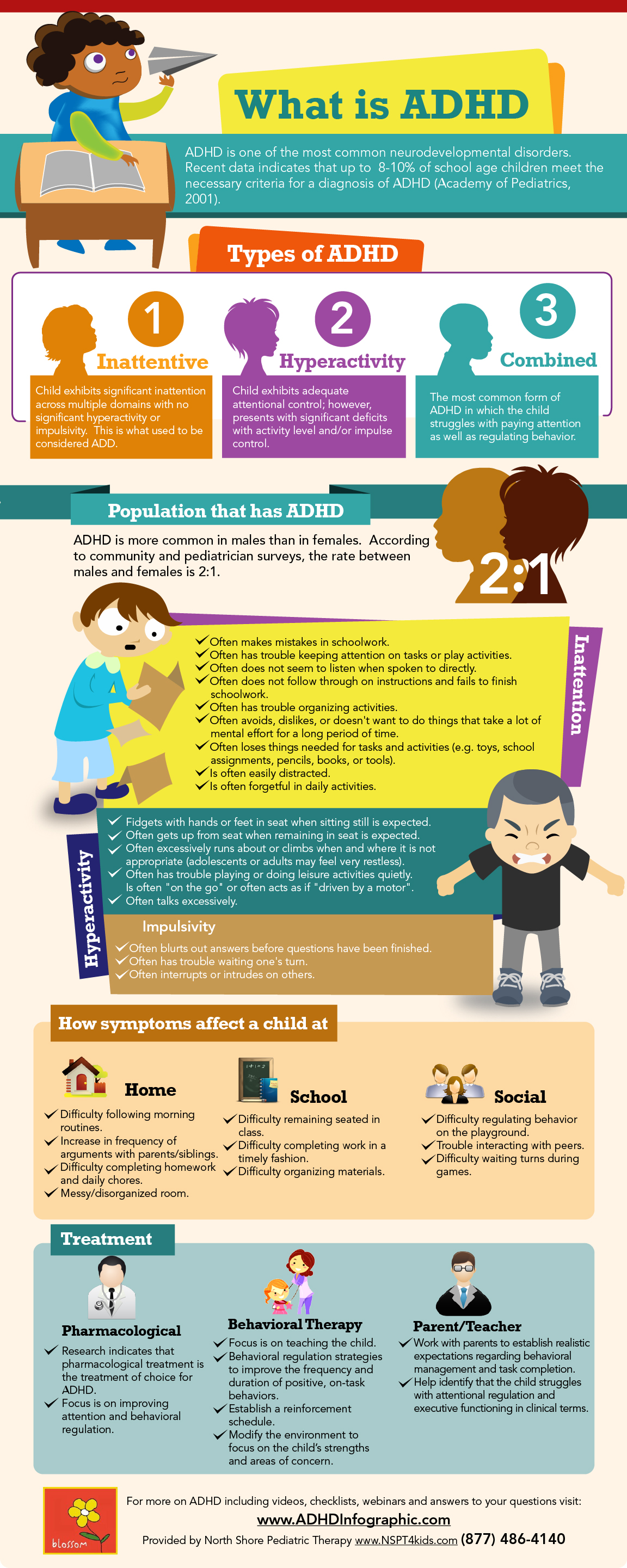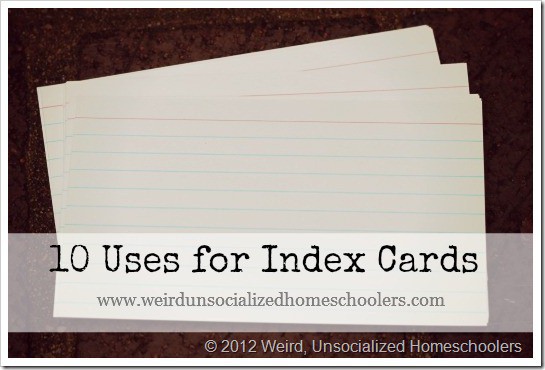Being able to talk and express your thoughts clearly is vital in life. Yet, too many students are graduating without sufficient experience with group discussions, or arguing their ideas effectively, and they are finding themselves unprepared for the communication demands of college and their careers.
How can we prepare our students for these rigors?
To lay a better foundation for this learning, we can do a few things: we can value oral language development, we can value communication of ideas over grammatical correctness, and we can value oral language as a powerful way to learn and remember content.
Here are three strategies to help develop oral language skills.
Strategy One: Adapt Activities to Include Authentic Talk
Adapting current activities to include more authentic, original, and extended discussions gives students opportunities to contribute more than one sentence to a conversation. Sometimes, we miss the opportunity to encourage language development. For example, many teachers use some form of a jigsaw activity, in which students get into expert groups, read a text, and answer questions or fill in charts. They then go to mixed home groups to share their information. Yet, often what happens is this: students just read aloud what another student has copied from a resource — and opportunities for oral language development are lost.
To improve this strategy, you can have the experts engage in a discussion of what to put, in their own words, onto paper. Then, they can rehearse what they’ll say — covering their papers to avoid reading aloud. Then in home groups, you can have each person glance at their notes, cover them again, and share with the group members, who listen and take notes. You can even ask students to try to speak in paragraphs, starting with a general claim or topic sentence, and then support it with evidence sentences. For example, in this video, notice how the talk evolves as students prepare their ideas for sharing.
Strategy Two: Use Activities that Develop Strong Language
Use activities that allow students to develop a “stronger and clearer” answer, as they talk to different partners successively in an activity. Instead of the all-too-common whole class discussion, with the teacher asking questions and a few students answering, ask a question and have students talk to three different partners. Or have students talk in different groups (see this 1-3-6 activity video).
A crucial aspect of this strategy is that students shouldn’t say the same thing each time; rather, they need to build on the language and ideas of previous partner(s) to improve, expand, clarify, and support their evolving answer each time they share it.
Example Activities (from Zwiers, O’Hara, Pritchard, 2014):
Interview Grid: Students talk with one different partner each time, making their answers stronger and clearer each time, taking minimal, if any, notes on the chart. Note that this activity can also work using inner-outer conversation circles, such as the one in this Debrief Circles video.
Opinion Formation Cards: Students receive a quotation from the text (before it’s read) that includes evidence for one side or the other of an issue. Students share their quotations and their evolving opinions, with reasons and evidence for them.
Opinion Continuum: Students share where they fall on the continuum of a two-sided issue and why. At the end, they share if they shifted at all along the continuum based on their conversations with partners.
Strategy Three: Use Strong Discussion Prompts
Try to use discussion prompts that foster evaluation in some way. Evaluation is usually needed for ranking, prioritizing, and choosing. For example, if you ask for evidence of a theme or a claim, many students just find the first three remotely evidence-y things they can, and stop there. But if you prompt students to rank the evidence from strongest to weakest, or to find the most influential cause of some war, you can often get deeper thinking and better conversation.
When students evaluate, their ideas often differ. And if you allow them time to argue and negotiate the ideas, lots of learning can happen.









